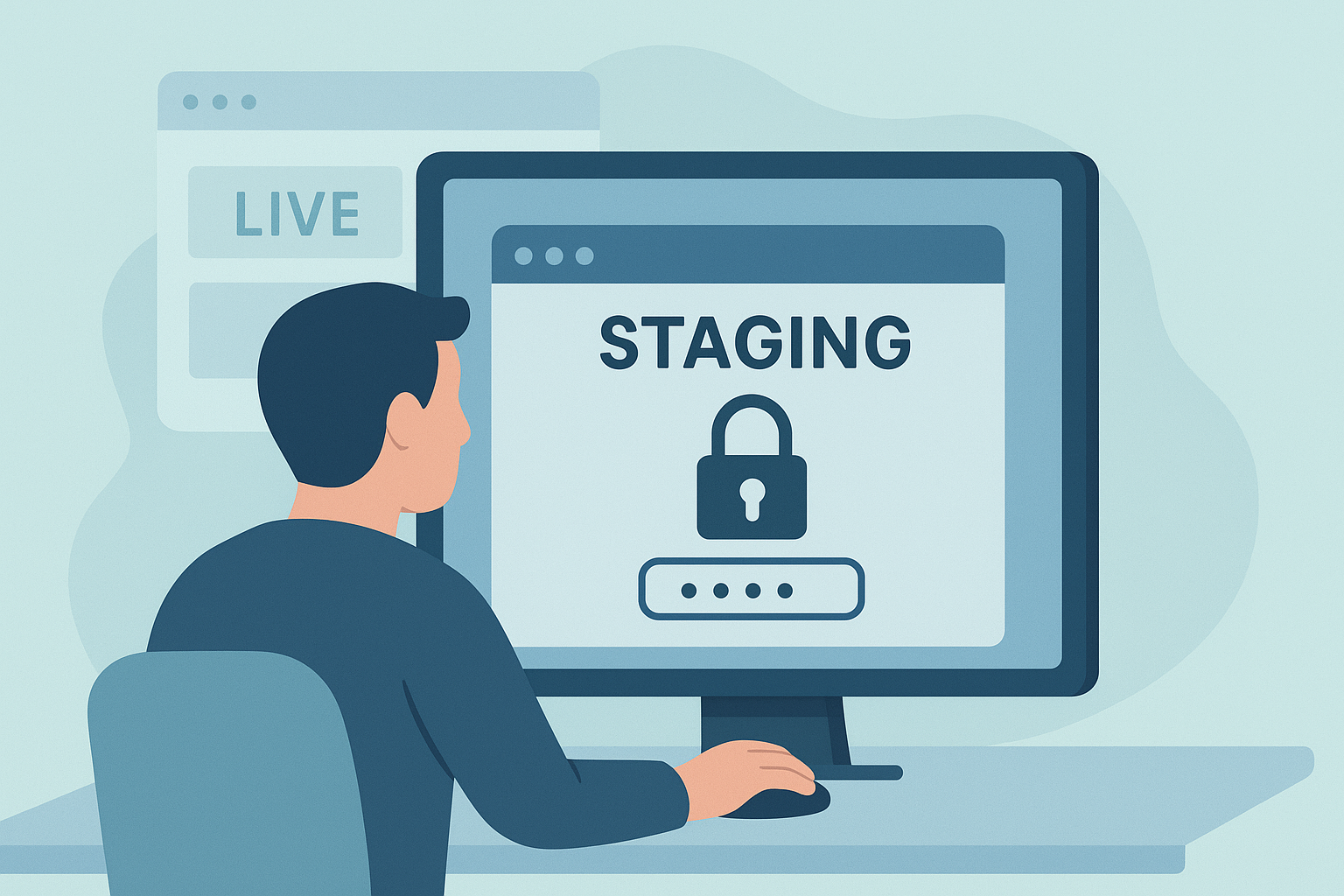There’s nothing more annoying than your Mac freezing in the middle of something important. Maybe you’re editing a video, working on a spreadsheet, or just watching your favorite YouTube rabbit hole, and suddenly… everything locks up. Nothing’s clicking, nothing’s moving, and you’re just sitting there with the spinning beach ball of doom wondering what went wrong. If you’ve hit that awful moment, don’t worry; it happens to the best of us. The good news? There are a few simple ways to force restart a frozen Mac and get things working again without much hassle.
In this blog, we’ll walk you through the easiest and most effective methods to unfreeze your Mac and share a few tips to help you avoid these freezes in the future. So let’s get your Mac back on track.
1. Try the Basic Keyboard Force Restart Combo
This is the Mac equivalent of hitting Ctrl + Alt + Delete on Windows. If your screen is frozen but the system isn’t totally dead, give this a shot:
- Press and hold Control + Command + Power (or Touch ID) button.
Hold those keys for about 10 seconds. This forces your Mac to immediately reboot. No questions asked. No saving. Just a full-on hard reset.
Note: On older MacBooks with an optical drive, you’ll press Control + Command + Eject instead.
2. Control + Power Button Shortcut (Shut Down Prompt)
This one’s a handy trick that might just save you from a full force restart. If your system is lagging or semi-frozen but still sort of responding, this shortcut prompts a shutdown dialog box:
- Press Control + Power (or Touch ID) button.
You should see a popup asking if you want to Restart, Sleep, or Shut Down. If you can use your arrow keys or trackpad to navigate, you might be able to gracefully restart your Mac without forcing anything.
3. Force Shutdown With the Power Button
If the keyboard combo doesn’t respond, you can always go old-school.
Here’s what to do:
- Press and hold the Power button (or Touch ID button) for about 10 seconds until the screen goes black.
- Wait a couple of seconds, then press it again to turn your Mac back on.
4. Use the Apple Menu (If It’s Still Responding)
Sometimes your Mac might look frozen, but the menu bar at the top is still clickable. If that’s the case, you might be able to restart the nice way.
Try this:
- Click the Apple logo in the top-left corner.
- Select Restart.
- If it asks you to confirm, click Restart again.
If your Mac responds to this, congrats! You avoided a hard reset.
5. Close Frozen Apps with Force Quit
Sometimes it’s not the entire Mac that’s frozen, it’s just one misbehaving app hogging the system.
Use this shortcut:
- Press Command + Option + Escape to bring up the Force Quit menu.
- Select the app that’s not responding.
- Click Force Quit.
If that frees things up, you can keep working without rebooting.
6. Use Activity Monitor to Kill the Culprit (If You Can)
If you were lucky enough to open Activity Monitor before things froze, or if you can still access it, this can help you find and stop the app or process causing trouble.
To open it:
- Use Spotlight Search (Command + Space), type “Activity Monitor”, and press Enter.
- Find the frozen app or process.
- Click the X icon in the top-left to force it to quit.
This is more of a surgical fix, but it works well if your Mac is only partially frozen.
7. Reset the SMC (System Management Controller)
If your Mac is frequently freezing or not responding to any restarts, a deeper reset might be needed, specifically, the SMC reset. This controls low-level functions like power management.
For MacBooks with Apple Silicon (M1/M2 and up):
- Just shut down your Mac, wait a few seconds, then turn it back on. That’s it—SMC resets automatically.
For older Intel-based MacBooks:
- Shut down the MacBook.
- Hold Shift + Control + Option + Power for 10 seconds.
- Release all keys, then press the Power button again.
This can fix stubborn power and freezing issues.
8. Reset the NVRAM (Non-Volatile Random Access Memory)
If your Mac is acting weird, like freezing on startup, sound issues, display glitches, or just plain buggy behavior, resetting the NVRAM might help.
Here’s how (for Intel-based Macs only):
- Turn off your Mac.
- Turn it back on and immediately press and hold Option + Command + P + R.
- Keep holding for about 20 seconds. Your Mac might restart during this time. Just keep holding those keys.
This resets settings like display resolution, time zone, startup disk selection, and some other low-level configurations. It’s kind of like giving your Mac a quick memory refresh.
Note: Apple Silicon Macs don’t need manual NVRAM resets. It happens automatically when needed.
Keep Your Mac Happy to Avoid Freezes
Force restart a frozen Mac should be your last resort. To keep your Mac running smoothly:
- Keep your macOS updated – Updates aren’t just about new features. They often fix bugs and patch security holes that can cause freezes. Stay current to stay stable.
- Don’t overload your RAM with too many apps at once – Running a bunch of heavy apps at the same time can overwhelm your Mac’s memory, leading to slowdowns or complete freezes. Keep multitasking light when you can.
- Check for app updates (especially if one keeps crashing) – Outdated apps can clash with macOS updates and cause all sorts of weird issues. Always update apps to their latest versions to avoid compatibility problems.
- Run regular maintenance using a tool like CleanMyMac, OnyX, or just by restarting occasionally – A little cleanup goes a long way. Maintenance tools can clear junk files and fix minor issues before they become bigger ones, and sometimes, just a regular restart does wonders too.
Final Thoughts
Dealing with a frozen Mac can be seriously frustrating, but now you know exactly what to do when the spinning beach ball shows up. Whether it’s a simple keyboard shortcut, using Force Quit, or going a little deeper with an SMC or NVRAM reset, there’s always a way to get things moving again. Knowing how to force restart a frozen Mac gives you a quick way out of those annoying moments and helps you avoid bigger headaches later on.
So don’t be too worried the next time your Mac freezes. Just remember these steps, pick the method that fits, and you’ll be back to working in no time.


